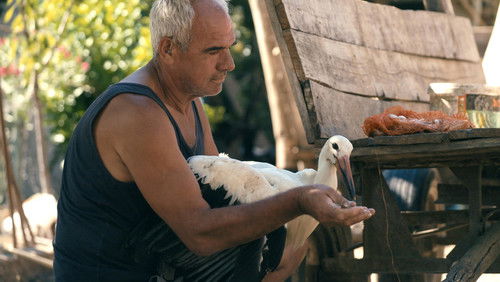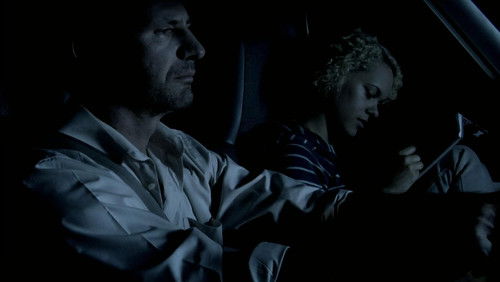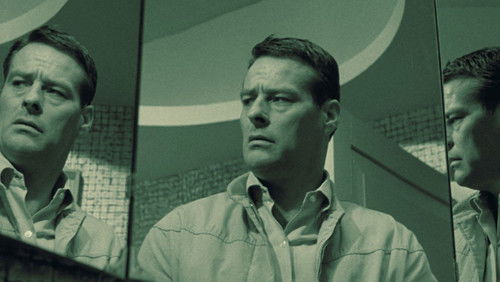Los ladrones viejos. Las leyendas del artegio (2007)
57KLos ladrones viejos. Las leyendas del artegio: Directed by Everardo González. A series of stories with old thieves. Framed portraits in Mexico City from the 1970s and 1980s. From the corners of poverty and the prowess of being able to steal “honestly
“Through interviews, film clips, old and recent footage, this documentary reveals the personal stories of a few old robbers doing time in a Mexico City penitentiary. The initial interviews feel unfocused. We are introduced to a few of the principal robbers and how they got to be thieves, pickpockets and con-men. Things get better as the principal robber, “El Carrizo”, recounts his most celebrated heists, his uneasy relationship with corrupt policemen, and his final sentencing to many years in prison. One of the best stories is El Carrizou0026#39;s robbery of president Luis Echeverriau0026#39;s house. The robbery was successful but El Carrizo left behind evidence of his modus operandi. The police nabbed him soon after – an interesting story in itself – and he became an instant celebrity.u003cbr/u003eu003cbr/u003eEven if this is no “Beginneru0026#39;s Guide to Robbery”, the documentary contains tidbits of wisdom. For example, while breaking into a house at night, if you stumble into a bedroom where husband and wife are sleeping, the first thing to do is slide your hand under the husbandu0026#39;s pillow. Why? Thatu0026#39;s where the family gun is likely to be. Other examples answer why it is better to wear wool pants when breaking into a house and how to cleverly con someone out of real money for a piece of fake gold jewelry (a variation of the con that is a often applied on tourists along the Seine River in Paris).u003cbr/u003eu003cbr/u003eThe most damning revelations are the ones about the level of corruption in the police department and the use of torture, such as water-boarding, to extract confessions from suspects. El Carrizo has quite a bit to say about both subjects. He had an uneasy relationship with a mustached agent called Dracula who exacted a “rent” from criminals in exchange for quick release from prison and freedom to operate. The rent was a percentage of the booty. For others the rent was in the form of fixed payments. When they could no longer pay, they were sentenced or killed. Itu0026#39;s like the bit of humor I heard in Latin America: Watch out, the police is coming; call the bandits to save us.u003cbr/u003eu003cbr/u003eTowards the end, El Carrizo is asked if he ever robbed other thieves. Yes, president Portillo. He sacked the presidentu0026#39;s house taking jewelry, US dollars (a common form of stashing wealth in Latin America) and other goodies.u003cbr/u003eu003cbr/u003eIn the world of these sixty-ish robbers, an old ethic of Robin Hood like morality prevailed. Donu0026#39;t snitch. Rob from those that can afford to be robbed. Donu0026#39;t use violence. Quite a contrast from the world of crime in Latin America today.u003cbr/u003eu003cbr/u003eAt the end the documentary makes a broad pass. Xochi, Fantomas and his parakeet El Burrero, Carrizo, and others. They reflect on their sentences and whether they will be dead before sentences will expire. The film is good at exposing their humanity and we sympathize with them to some extent. Nevertheless they are criminals and deserve to be where they are. Whatu0026#39;s unfair is that with them behind bars should be some among federal authorities and politicians. Alas the impunity of the latter is what we observe.”









